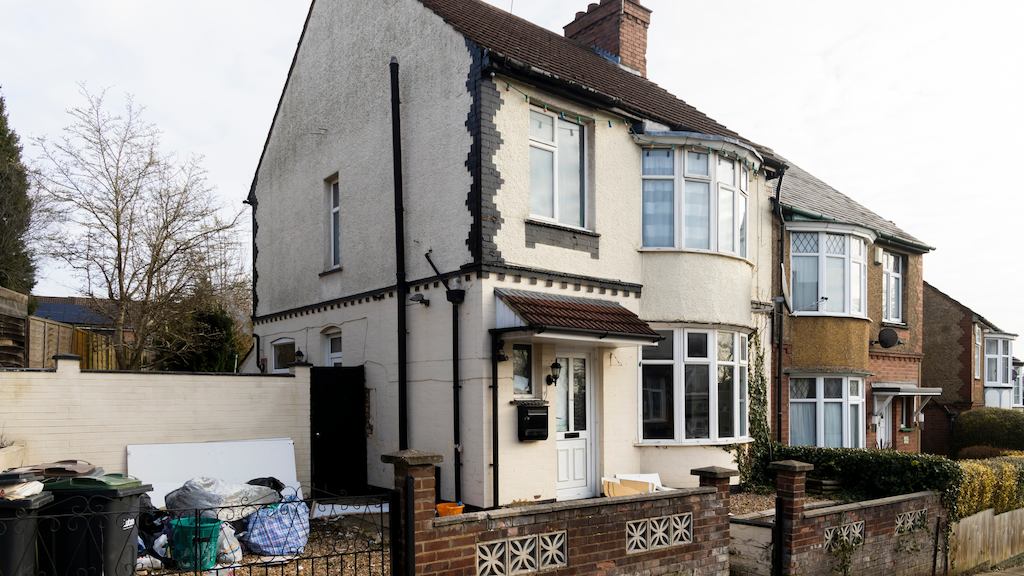The UK has the oldest housing stock in Europe. The English Housing Survey (EHS) reveals that the vast majority of homes (91%) do not provide the four main features for even the lowest level of accessibility – a home that is ‘visitable’. We estimate that some 400,000 wheelchair users are currently living in homes that are neither adapted nor accessible/visitable. And the situation is only going to get exponentially worse if we don’t take action now.
We're set to experience a huge age shift in our society’s demographic to the extent that one in four of England’s population will be over 65 in the next 20 years. While poorer health as we age is not inevitable, one in five adults aged 65-69 need help with one or more activities of daily living (such as bathing, cooking or using the toilet). By the time people reach their 80s, this figure rises to more than one in two. At present the supply of new homes to meet this growing demand falls woefully short with only one new accessible home planned for every 15 people over 65 by 2030.
So the intention to raise the new baseline requirement for most new build housing to Category 2 M4(2) accessible and adaptable housing is to be cautiously welcomed. The note of caution centres around the use of the phrase “most new build housing” with M4(1) applying by exception only. For this policy to be truly transformative, the exemptions to the way the revised regulation is applied must be extremely limited or risk undoing a significant amount of the benefit that the change promises. The onus must be placed on the developer to provide evidence that justifies an exception to complying with some or all of M4(2) requirements and where these very rare exceptions are agreed, there should still be a requirement to provide all other M4(2) features within the home.
DLUHC has also indicated that a second consultation on the fine print of the new standards is required. This consultation must be conducted as urgently as possible, it cannot be kicked into the long grass or become lost among the more headline-grabbing policy priorities of the next Prime Minister. The full effect of this reform to housing accessibility will take years to truly take effect so its incremental impact needs to start happening now.
In this consultation, we would like to see DLUHC to go even further to ensure that new homes built in the future are fit-for-purpose for everyone and at all stages of their lives. We would want to see the Nationally Described Space Standard (NDSS) applied as a mandatory baseline which will ensure that every new home is reasonably comfortable when fully occupied. While the Category 2 accessibility standards ensure sufficient room for some parts of the home, they need to be applied in conjunction with NDSS to ensure all aspects of the house are of reasonable size for the necessary amount of furniture and sufficient space for household activity.
And we would like government to set a clear expectation that each local planning authority will set out policies for how many wheelchair accessible properties will be built within each iteration of their local plan. Less than one in 40 new homes planned in this decade will meet wheelchair dwelling standards of M4(3), leaving wheelchair users desperately short of appropriate options when looking for housing. The current process is not working with developers given far too much sway to argue that these costs will make a development scheme unviable.
If DLUHC can deliver on all this, then there’s hope for the future. Hope that in time, a much greater proportion of homeowners and renters can love the home they have and not be forced to settle for something that makes living harder.

